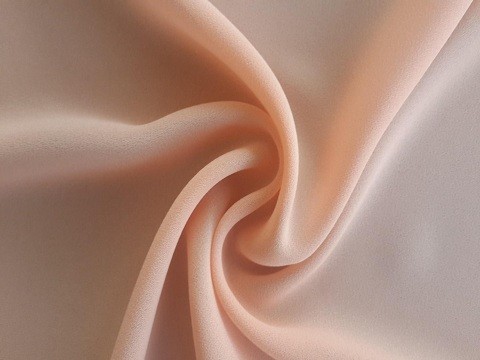
Classification of softeners
1. Anionic softener
In addition to soap, sulfonated oil, etc., the anionic softener is mainly composed of cationic compounds or anionic and nonionic compounds with long-chain alkanes such as stearyl succinate sodium sulfonate and stearyl ester sulfate. Generally, it has good wettability and thermal stability can be used in the same bath with a fluorescent whitening agent, and can be used as a softener for extra-white fabrics. It is also more suitable for cellulosic fibers, which can give fabrics better water absorption, but its adsorption to fibers is similar to that of direct dyes, which is relatively weak, so the softening effect is poor, and it is easy to be washed away. In addition, because it has a softening effect in the bath, it can be used for silk scouring to prevent scratches (grey scratches).
2. Non-ionic softener
Non-ionic softeners are generally polyoxyethylene esters (or ethers) of decaacid (or alcohol), fatty esters of pentaerythritol, or sorbitol. Since non-ionic softeners have poorer absorption to fibers than ionic softeners, they can only play a smoothing effect. But it can be used in combination with ionic softeners, has good compatibility with other materials, has good electrolyte stability, and has no disadvantages of yellowing the fabric. It can be used as a non-durable soft finishing agent, and can also be used as a synthetic fiber spinning oil. An important part of the agent. Some of its products can be used as silk-like finishing agents for fabric "Siming Yin".
3. Cationic softener
There are many kinds of softeners of this kind, and they are the most commonly used softeners at present.
Mainly because most fibers are negatively charged in water, cationic softeners are easily adsorbed on the surface of the fibers, have the strong binding ability, can withstand high temperatures and washes, and the fabrics are plump and smooth after finishing, which can improve the wear resistance and wear resistance of the fabrics. It has a strong tearing force and has a certain antistatic effect on synthetic fibers. Therefore, it is widely used in cotton, nylon, acrylic, and other fabrics, and this variety is also suitable for silk. However, some cationic softeners are prone to yellowing at high temperatures, accompanied by a decrease in lightfastness. The cationic softener is generally a derivative of stearylamine or dimethyl stearylamine or a condensate of stearic acid and polyvinyl polyamine. According to its structure, it can be divided into tertiary amine softener, quaternary ammonium softener, imidazoline quaternary ammonium softener, dialkyl dimethyl quaternary ammonium softener and so on.
CO-FOUNDER @ KODU TECHNOLOGY/ REGISTERED NUTRITIONIST/ LEADERSHIP ORIENTED/ MAKEUP ARTIST
1yGreat